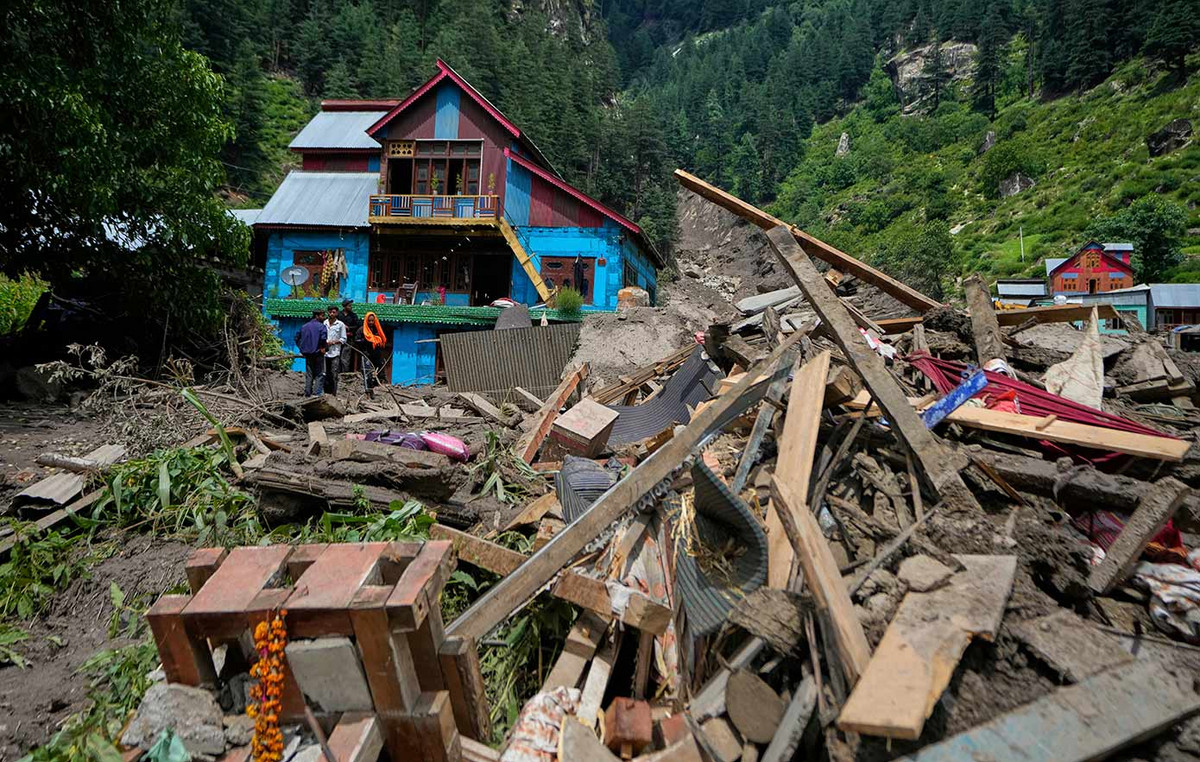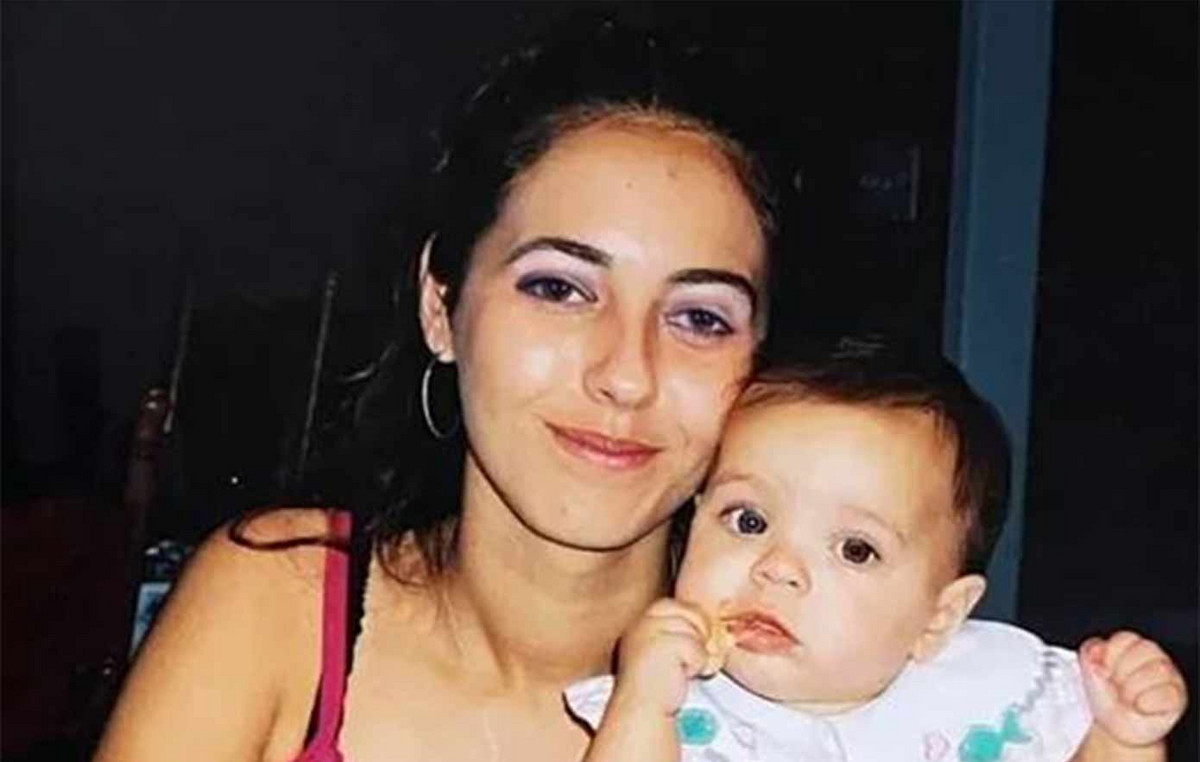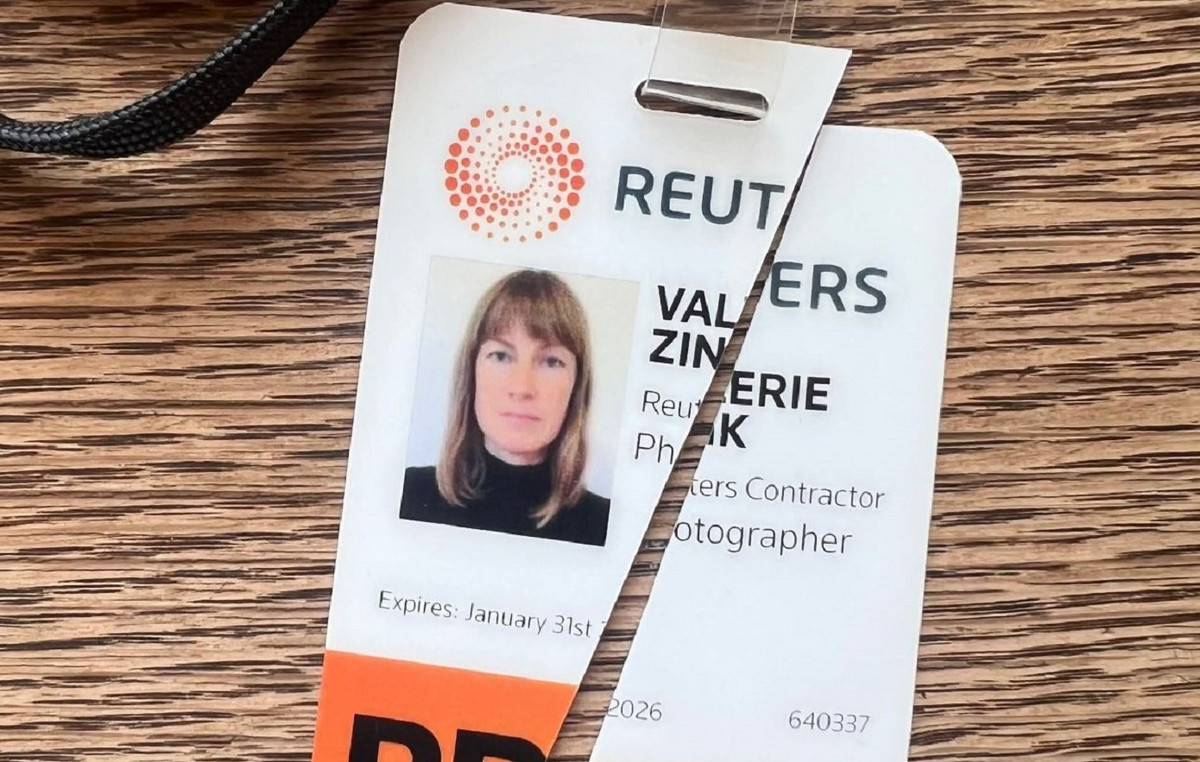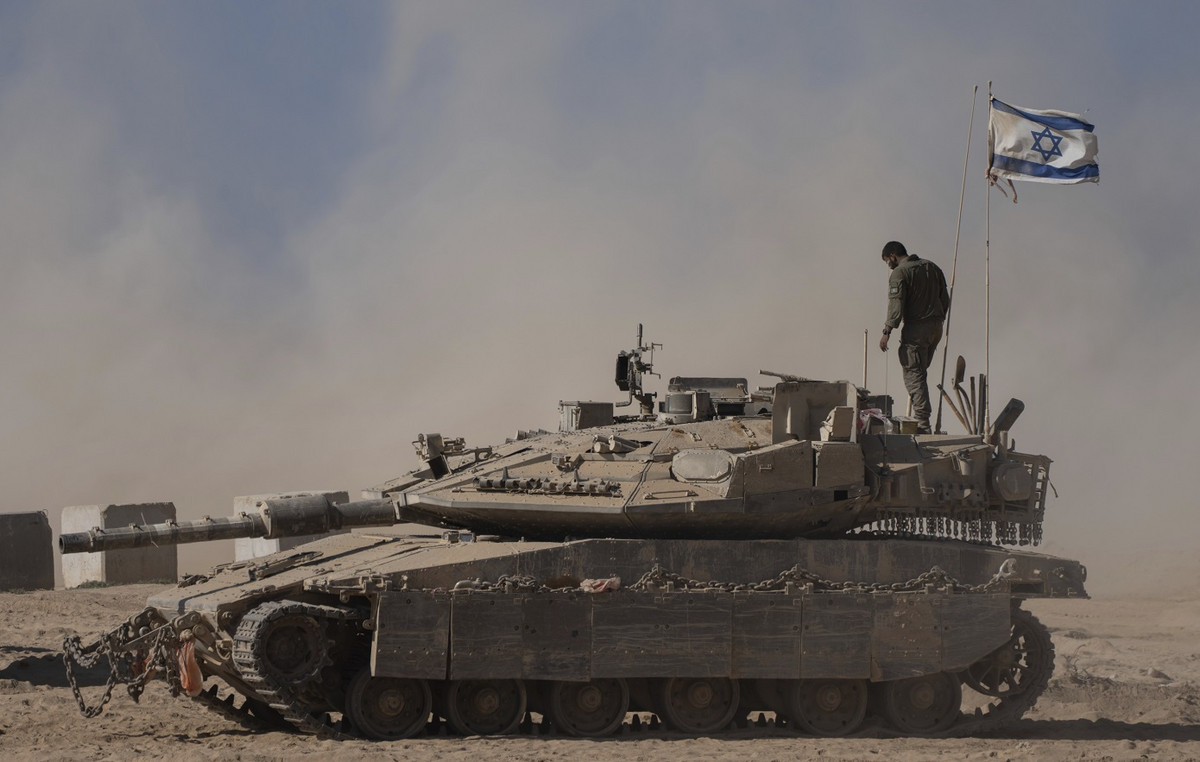The Rafah crossing, on the border between the Gaza Strip and Egypt, was opened for the entry of humanitarian aid for the Palestinians, after days of negotiations between world leaders and intermediation from the United States.
Israel has had a tight siege on the Gaza Strip since the Hamas attack on October 7 and agreed to a limited passage of supplies through Rafah. There are 20 trucks that are crossing, but there are more than 200 vehicles ready to enter the enclave.
Additionally, around 3,000 tons of supplies are waiting on the Egyptian side of the crossing.
What humanitarian aid needs to enter Gaza
At this first moment, water, food and medicine will enter the territory of Gaza from Rafah. Tedros Adhanom, director-general of the World Health Organization (WHO), urgently called on Israel to add fuel to the list of “life-saving supplies” cleared to enter the enclave.
The World Food Program (WFP) told CNN that the agency’s resources at the border include high-energy biscuits, canned foods (such as beans and tomato paste), wheat flour and pasta. “We’re trying to get canned tuna and date bars in as well,” they added.
A CNN, Shaza Moghraby, WFP representative, stated that the organization is focusing on “ready-to-consume” medicines because they are not sure of the conditions they will find in Gaza, from storage to preparation.

She explained that they work with partners within the enclave to ensure the distribution of resources and that the food will be given directly to Palestinian citizens.
The WHO, in turn, reported that a plane loaded with supplies arrived in Egypt on Saturday (14) and that four other flights, with 40 metric tons of supplies, were expected to arrive at the location later.
Among the resources made available by WHO are trauma medicines to treat injured patients, medicines for people with diabetes, cancer and cardiovascular diseases, and other essential health products to serve the needs of 300,000 people, including pregnant women.
The health body reported that it maintains dialogue with Egyptian authorities and the Palestinian Red Crescent.
Humanitarian crisis worsens
The United Nations Office for the Coordination of Humanitarian Affairs (OCHA) highlighted that, with a lack of resources, people in Gaza are consuming water from unsafe sources, “running the risk of death and putting the population at risk of infectious disease outbreaks.” ”.
According to Ocha, average water consumption for all needs, including drinking, cooking and hygiene, is estimated at just 3 liters per day per person in Gaza.
On Thursday (19), Doctors Without Borders reported that Gaza’s main medical facility, Al-Shifa Hospital in Gaza City, only has enough fuel for its generators for another 24 hours.
The World Health Organization warned on Tuesday (17) that of the 35 local hospitals, four are not functioning “due to serious damage and attacks”.
Furthermore, only 8 of the 22 primary health care centers managed by the United Nations Palestine Refugee Agency (UNRWA) were partially functioning.
Humanitarian aid needs to be continuous
A CNN, Shaza Moghraby, from the World Food Programme, highlighted that it is necessary for continued aid to be released to the enclave, as the population “needs everything” at this time.
The Secretary-General of the United Nations (UN) also called on those involved in the conflict to put hostilities aside and allow support for the Palestinians.
“A small operation is not necessary. It is a sustained effort to deliver humanitarian aid to the people of Gaza. In simple terms, this means that humanitarians need to be able to receive aid and be able to distribute it safely,” said António Guterres.
PHOTOS — See images of the conflict between Israel and Hamas
Source: CNN Brasil
Bruce Belcher is a seasoned author with over 5 years of experience in world news. He writes for online news websites and provides in-depth analysis on the world stock market. Bruce is known for his insightful perspectives and commitment to keeping the public informed.







